Search

High-Quality Silage Making & Safe Practices: Both are necessities
Throughout the forage growing season many producers are putting up silage piles. To this point they have been predominately forages such as haylage or small grain silage; however, we will soon be moving into corn silage cutting season.
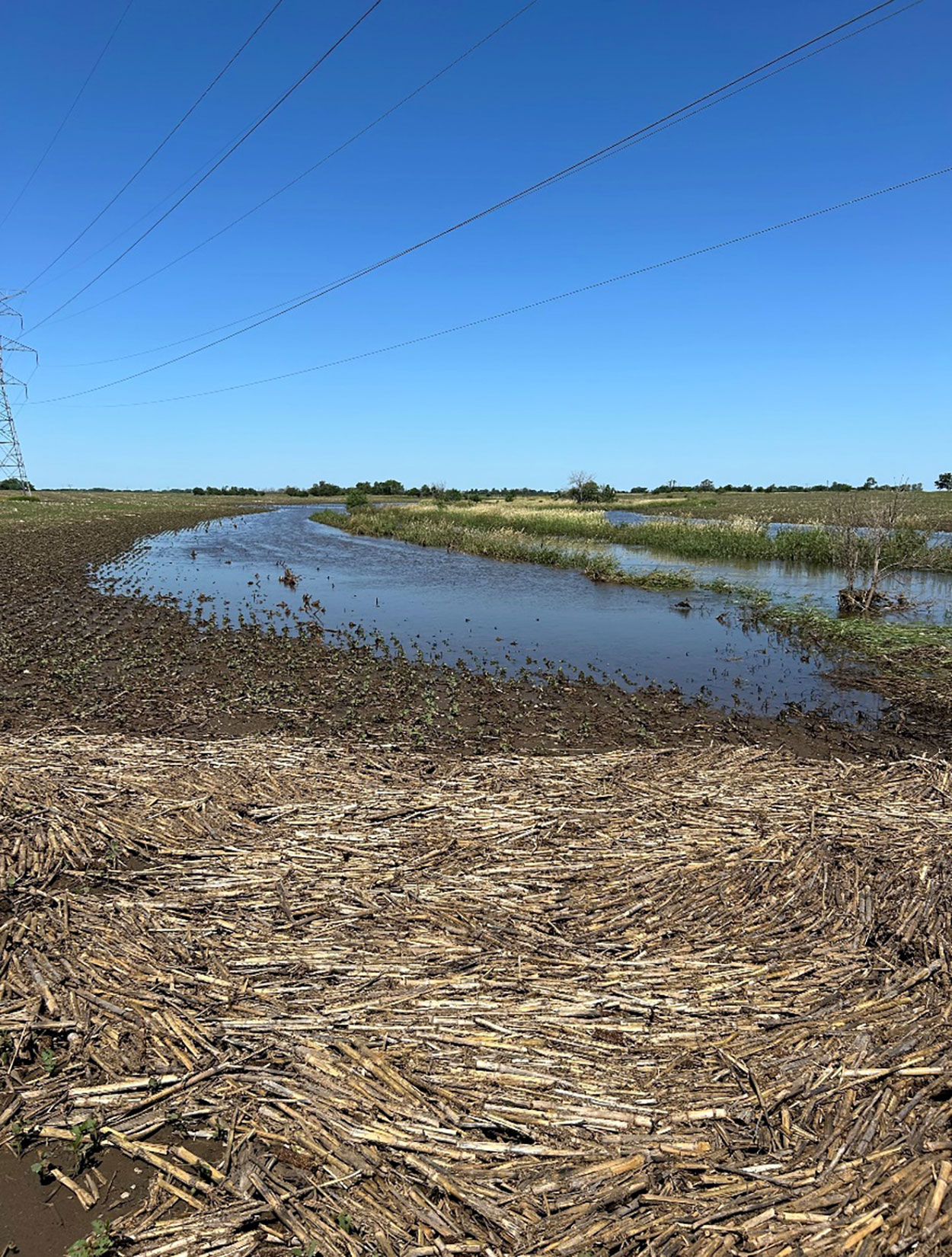
Replanting in Flooded Soybean Fields
If you have large, flooded areas where soybeans have died this summer and herbicides are limiting your replant options, consider trying late-maturing soybeans as cattle feed this year.

Over-the-Top Dicamba Ruling Explained
On February 6, 2024, the U.S. Environmental Protection Agency was ordered to vacate the registrations for dicamba products registered for over-the-top applications on dicamba-tolerant cotton and soybeans. Learn how the ruling will impact the upcoming growing season and beyond.
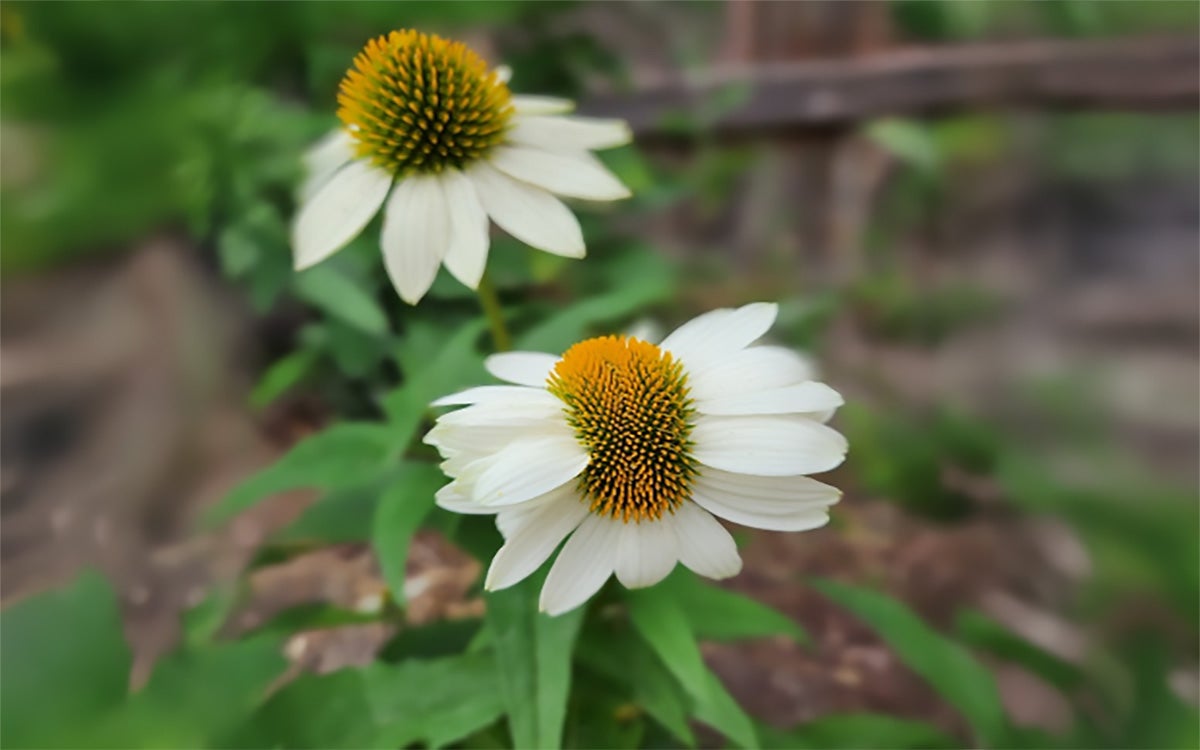
Fasciation: What’s going on with my plant?
Fasciation is a malformation of plant parts commonly manifested as enlargement, flattening or cojoining. The abnormal growth of plants can be uniquely puzzling and beautiful at the same time.
The Mortenson Ranch Story: Balancing Environment and Economics
The Mortenson Ranch Story is a remarkable account of the restoration of a western South Dakota landscape devastated early in the 20th century by homesteading and drought.
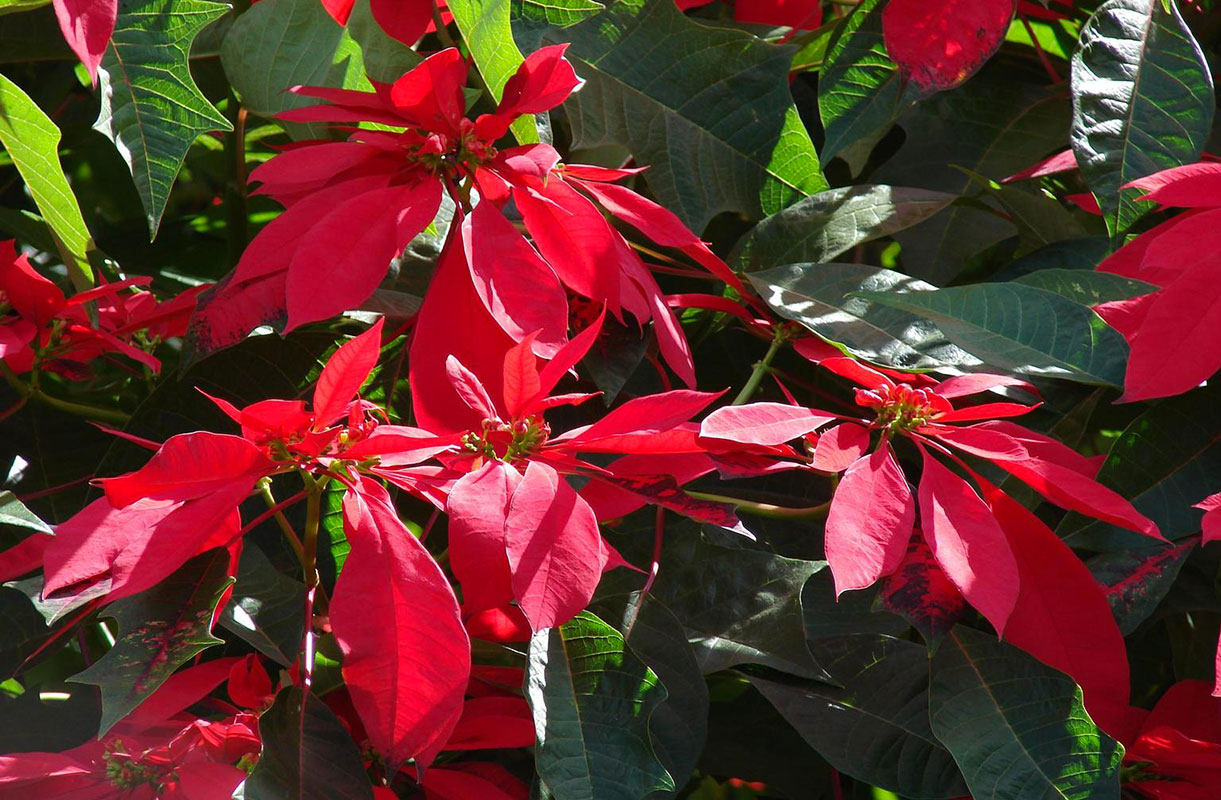
Are You Photoperiodic? Poinsettias Are: An Explanation of This Unique Plant Process
Poinsettias are photoperiodic, which means they rely on cues from nature, like the shortening day or night, to change how they grow. Learn all about this unique plant process and how it helps Poinsettias bloom and re-bloom.
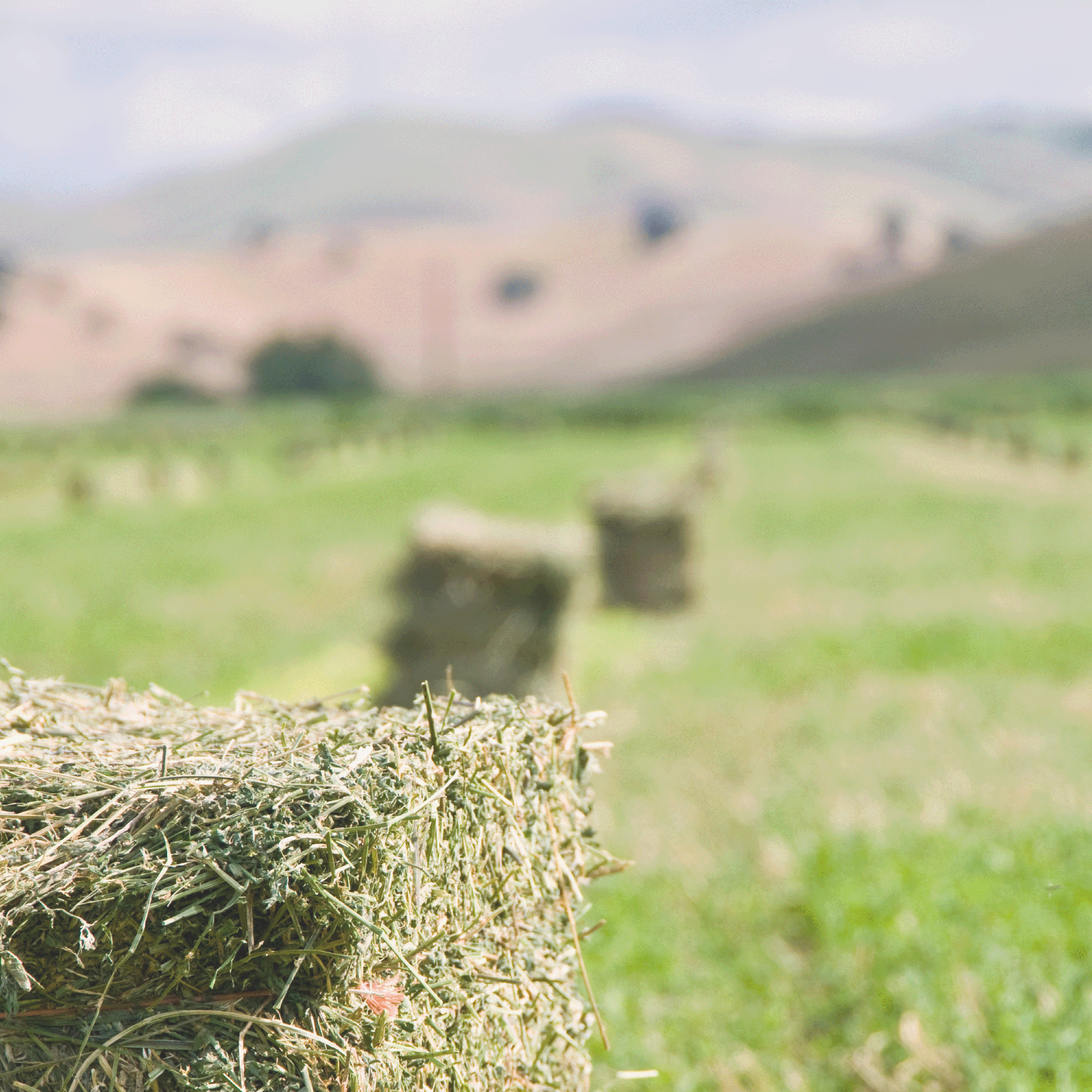
Forage Connection
SDSU Extension and Nebraska Extension collaborate to provide forage grazing, growing and feeding recommendations in this podcast.
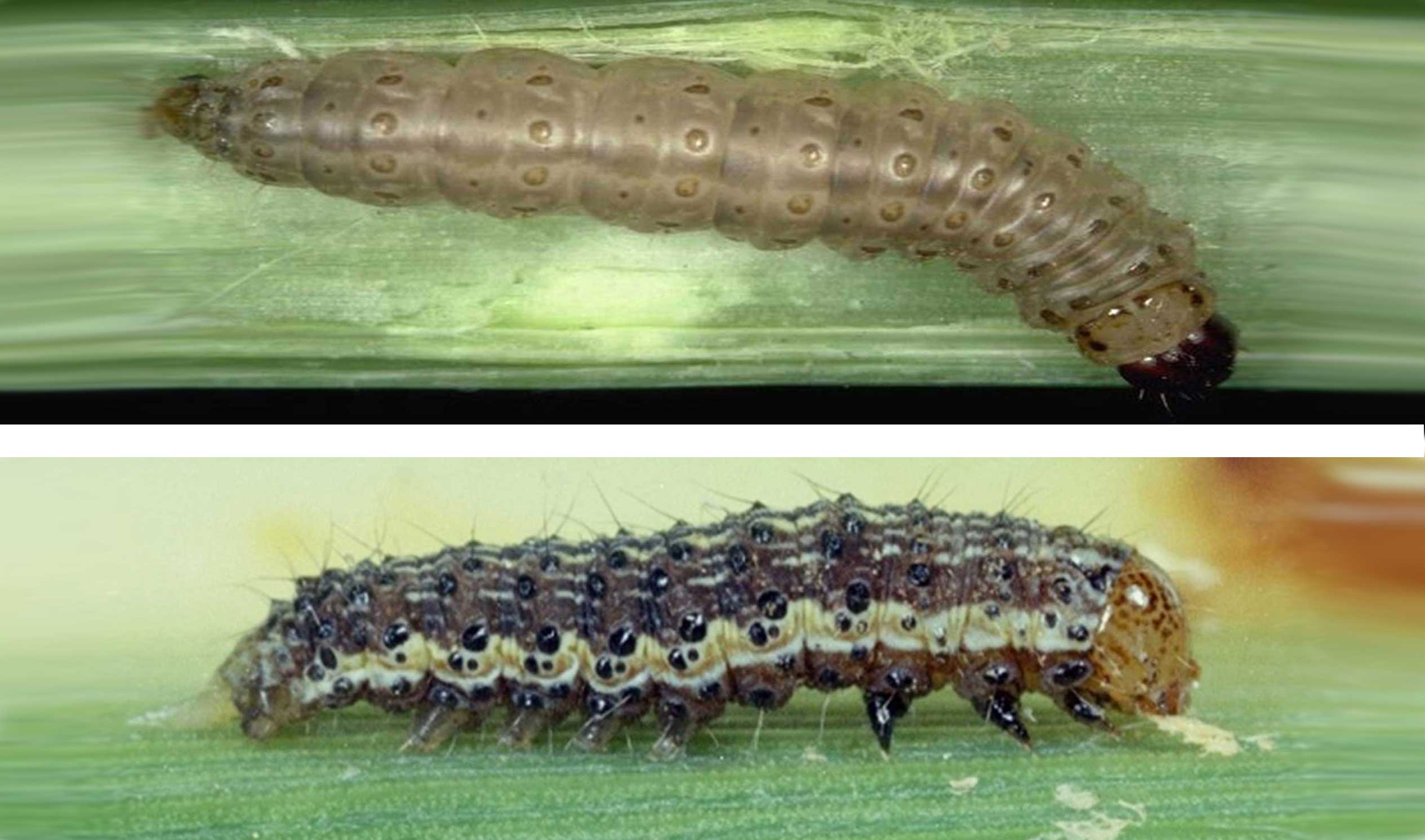
Caterpillars Active in South Dakota Corn Fields
Both European corn borer (Ostrinia nubilalis) and corn earworm (Helicoverpa zea) are active in corn fields. Sometimes the caterpillar activity and identity of these two species can be confused.
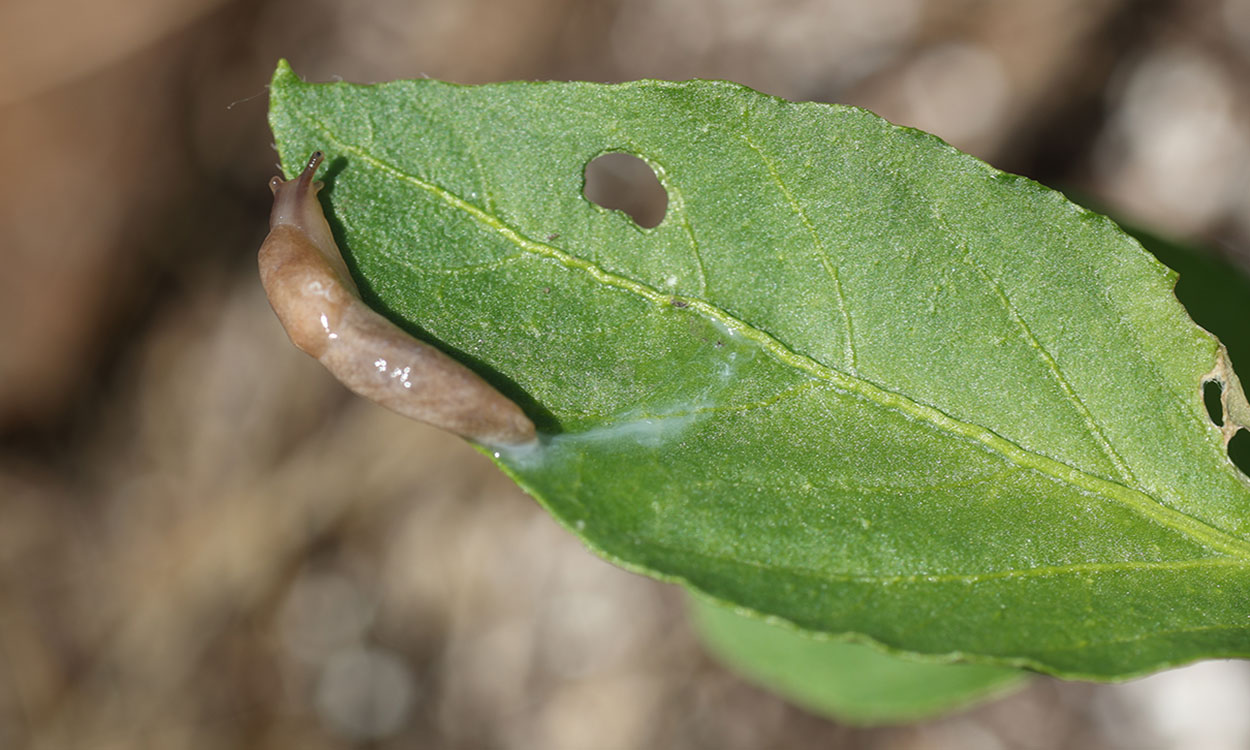
Slugs: The Slimy Defoliators
Have you noticed defoliation in your garden accompanied by distinct trails on plant leaves? The culprit could be slugs, a common pest that can be found during during cool, wet weather and in certain garden micro-climates.
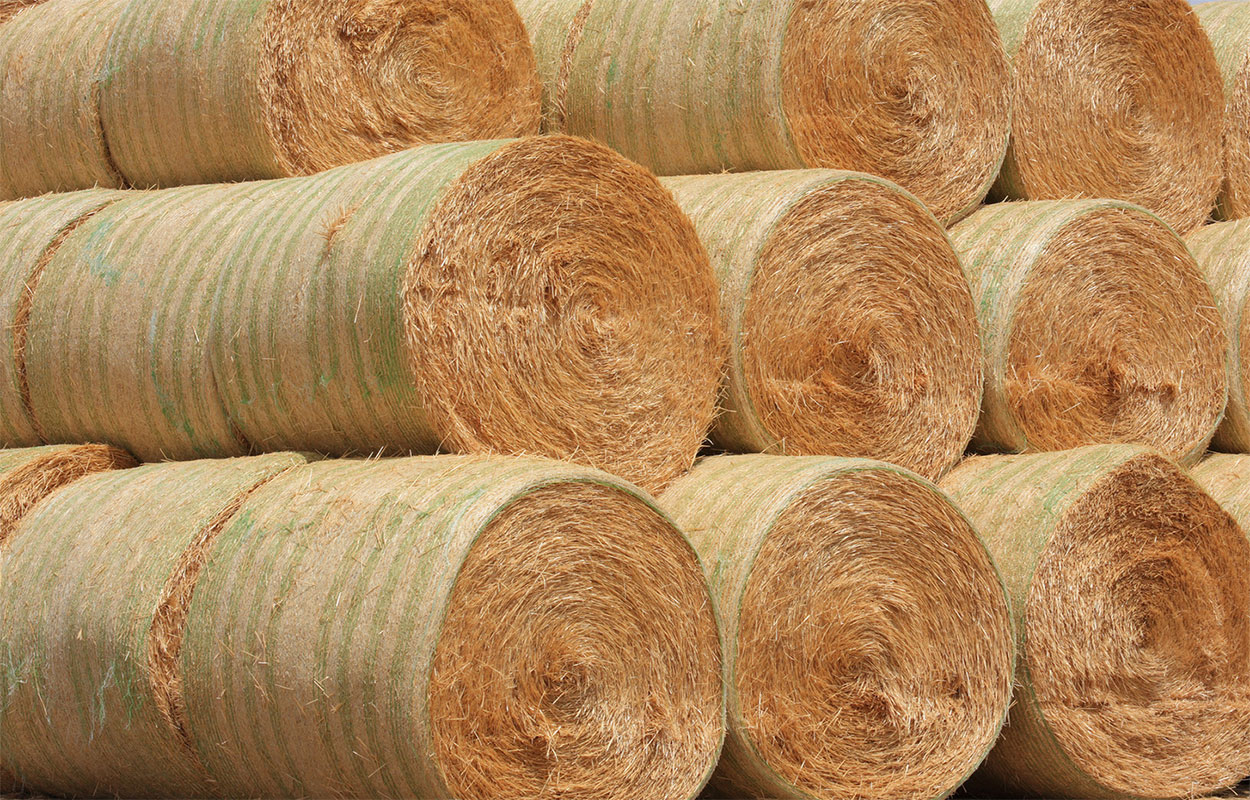
Cost-effective and Balanced Cow Rations
Before buying "cheap" feed, it is important to ensure that it will be cost-effective when creating balanced rations for the winter. Learn some things to consider before purchasing.